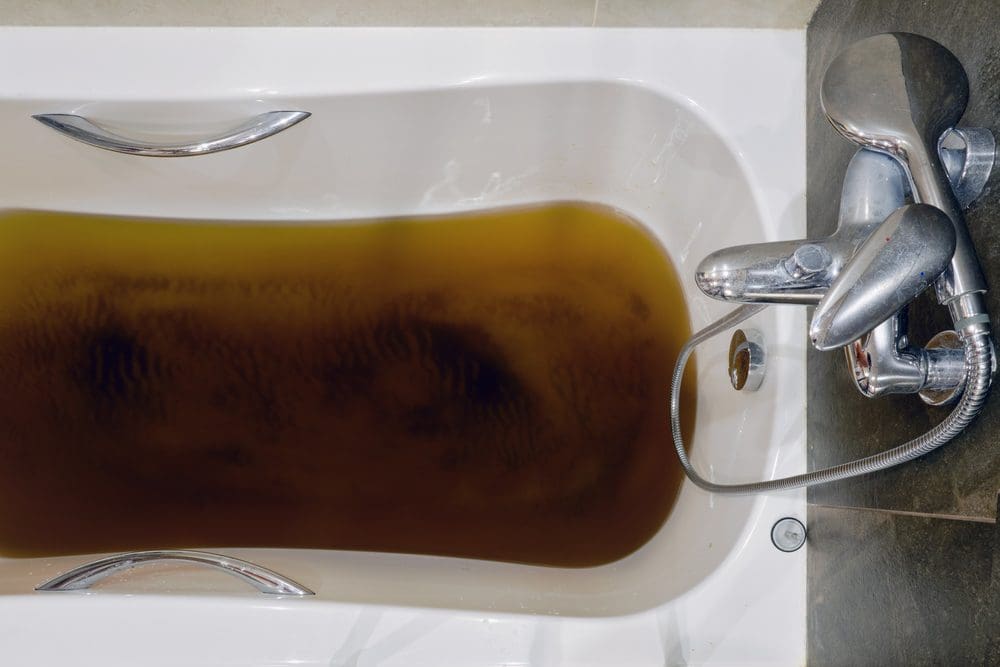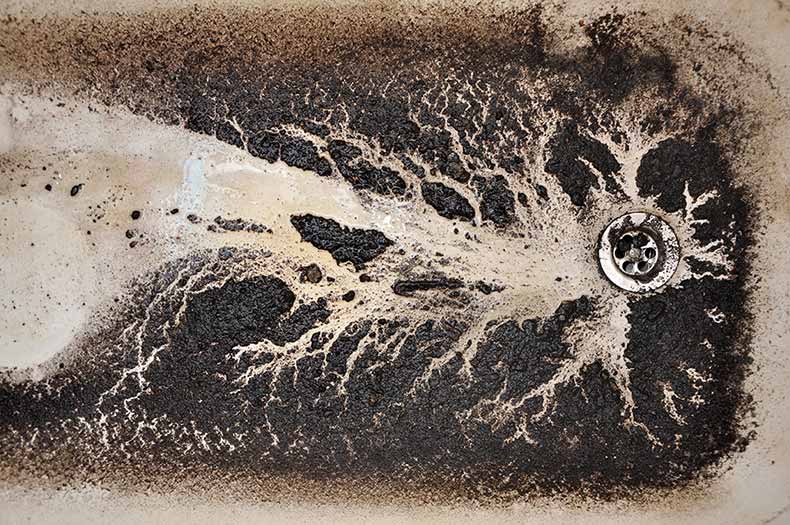Unraveling the Causes of Waste in the Bathtub
Unraveling the Causes of Waste in the Bathtub
Blog Article
Have you been hunting for advice concerning Why is There Sewage Coming Up Through the Bathtub?

Sewer back-up in the bathtub can be an upsetting and unsanitary problem for any house owner. Not only is it bothersome, but it also presents severe wellness dangers and suggests underlying problems with the plumbing system. Understanding why sewage is showing up via the bath tub is important for taking ideal activity to address the problem properly.
Introduction to the Problem
Usual Factors for Sewer Backup
Clogs in the Sewer Line
One of one of the most common causes of sewage backup is a clog in the sewer line. This can occur as a result of the build-up of particles, oil, or foreign items in the pipes, preventing correct circulation and causing sewer to support right into your bath tub.
Tree Origin Intrusion
Tree roots seeking wetness and nutrients can penetrate drain lines via small cracks or joints. Over time, these origins can grow and expand, creating substantial damage to the pipes and bring about sewage back-up problems.
Comprehending the Issue
When sewage starts backing up right into the bathtub, it's a clear sign of an issue with the water drainage system. The wastewater that should be moving away from your home is rather locating its way back right into your living space, which can bring about considerable damage and carcinogen.
Possible Reasons
A number of factors can contribute to sewage back-up in the bath tub. From clogs in the drain line to issues with the plumbing infrastructure, identifying the source is vital for finding a solution.
Aging Facilities
Older homes may have obsoleted plumbing systems that are a lot more prone to corrosion, splits, and wear and tear. As pipelines age, they end up being extra prone to leaks and clogs, boosting the chance of sewer backup events.
Heavy Rainfall or Flooding
During durations of heavy rainfall or flooding, the drain system may become overloaded with excess water, triggering backups and overflows. This can cause sewage supporting right into bath tubs and other components inside the home.
Signs of Sewage Backup
Foul Odors
Unpleasant smells originating from drains or fixtures, particularly in the shower room, may suggest sewer back-up concerns. These smells are usually solid and persistent, signifying an issue that requires prompt interest.
Slow Draining Fixtures
Tubs, sinks, and commodes that drain gradually or not in any way could be experiencing sewer back-up. If multiple fixtures are impacted at the same time, it's likely that the problem originates from a common factor, such as the primary sewage system line.
Gurgling Sounds
Unusual gurgling or bubbling sounds coming from drains when water is running in other places in your home are indicative of air trapped in the plumbing system. This air accumulation can arise from sewage back-up and must be explored promptly.
Health Threats Related To Sewage Backup
Contamination of Supply Of Water
Sewage back-up can infect the water system in your house, positioning a major health and wellness threat to you and your family members. Direct exposure to contaminated water can cause gastrointestinal problems, skin infections, and other illnesses.
Mold and mildew Growth
Dampness from sewage back-up can develop excellent problems for mold growth in your house. Mold and mildew spores can worsen breathing issues and cause allergic reactions in delicate people, making timely cleanup important.
Spread of Illness
Sewer consists of unsafe germs, infections, and parasites that can trigger a range of diseases, including hepatitis, cholera, and gastroenteritis. Coming into contact with sewage or polluted surface areas puts you at risk of infection.
Cleaning Up After Sewer Back-up
Sanitation Procedures
Extensively decontaminate and sterilize impacted locations after sewage back-up to eliminate damaging germs and protect against mold and mildew growth. Usage appropriate cleansing items and safety equipment to ensure secure and efficient cleanup.
Restoration of Influenced Areas
Repair any kind of damages to floor covering, wall surfaces, or components brought on by sewage backup. Depending upon the extent of the damage, you might need to change carpeting, drywall, or other products to restore your home to its pre-loss problem.
Immediate Actions to Take
Shutting Off Supply Of Water
In case of sewer back-up, it's essential to turn off the water supply to avoid further contamination and damages. Situate the main water shutoff valve in your house and closed it off till the issue can be settled.
Getting In Touch With a Professional Plumber
Handling sewer backup is not a DIY task. Contact an accredited plumber with experience in taking care of sewage-related concerns to evaluate the scenario and execute needed repair services or clean-ups.
Staying Clear Of Contact with Contaminated Water
Up until the sewage backup is resolved, prevent contact with polluted water to prevent the spread of microorganisms and pathogens. Put on safety equipment if you must remain in the afflicted location and clean your hands thoroughly later.
Preventive Measures
Regular Upkeep of Sewage System Lines
Arrange normal examinations and maintenance of your sewer lines to recognize and address potential concerns prior to they rise into significant problems. This can include cleaning debris, evaluating for tree root intrusion, and fixing any type of broken pipelines.
Setting Up Bayou Shutoffs
Take into consideration mounting bayou valves in your plumbing system to avoid sewer from flowing back into your home during periods of heavy rainfall or flooding. These valves automatically close when water starts backing up, protecting your building from contamination.
Proper Disposal of Family Waste
Prevent purging anything aside from toilet paper and human waste down the bathroom to prevent blockages and clogs in the drain line. Dispose of grease, oil, and various other household chemicals properly to reduce the risk of plumbing troubles.
Why Is Water Backing Up in My Bathtub When I Flush My Toilet?
What to do about a sewer line clog
First, don’t bother with plunging. No amount of plunging will dislodge the clog in a sewer line. The clog is too far away. Plungers are for clogs in the toilet itself, not the sewer line. Plus, the most likely causes of a sewer clog are:
Tree roots Flushed toys or feminine products Grease buildup Those items don’t move easily. And in the case of tree roots, the roots need to be cut out of the pipe and the pipe will need to be repaired.
You’ll need a closet auger. A closet auger is a type of plumber’s snake with a protective cover to keep from scratching the delicate porcelain toilet. If the clog is further down, you may need to remove the toilet or use one of your cleanouts to get to the clog.
We also recommend doing a video inspection of the drain to ensure that the cause of the clog has been completely removed. Otherwise, you could have the same problem again in a few days or weeks.
https://mspplumbingheatingair.com/blog/why-is-water-backing-up-in-my-bathtub-when-i-flush-my-toilet

I'm just very inquisitive about and I hope you enjoyed the new article. Sharing is caring. Helping people is fun. Thank you for being here. Kindly check up our site back soon.
Call Today
Report this page